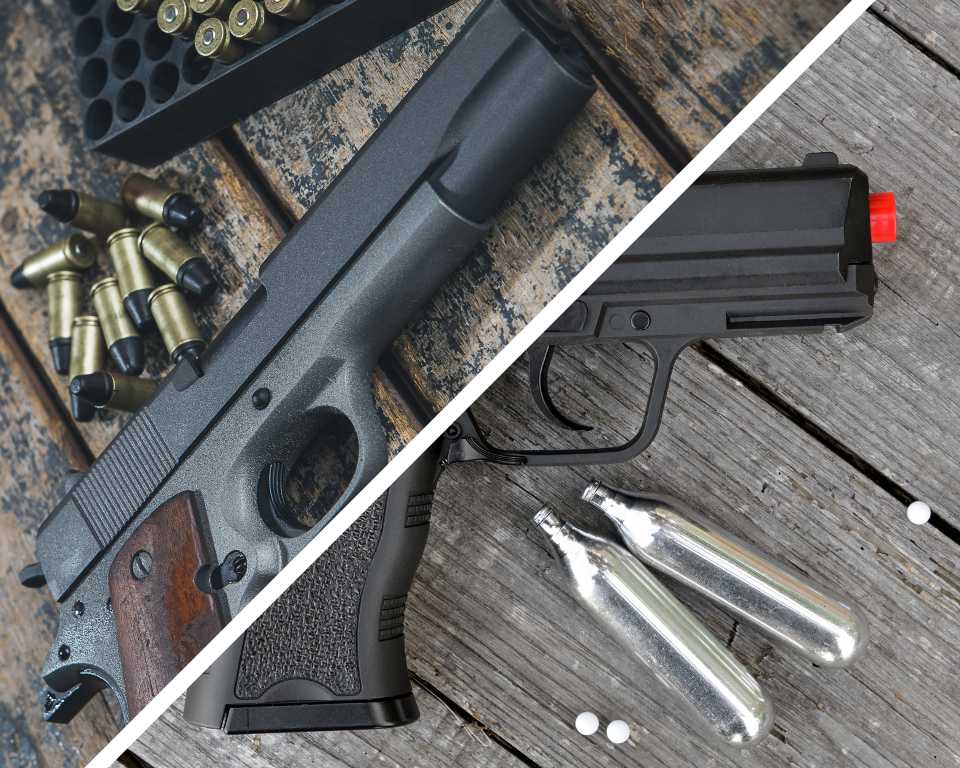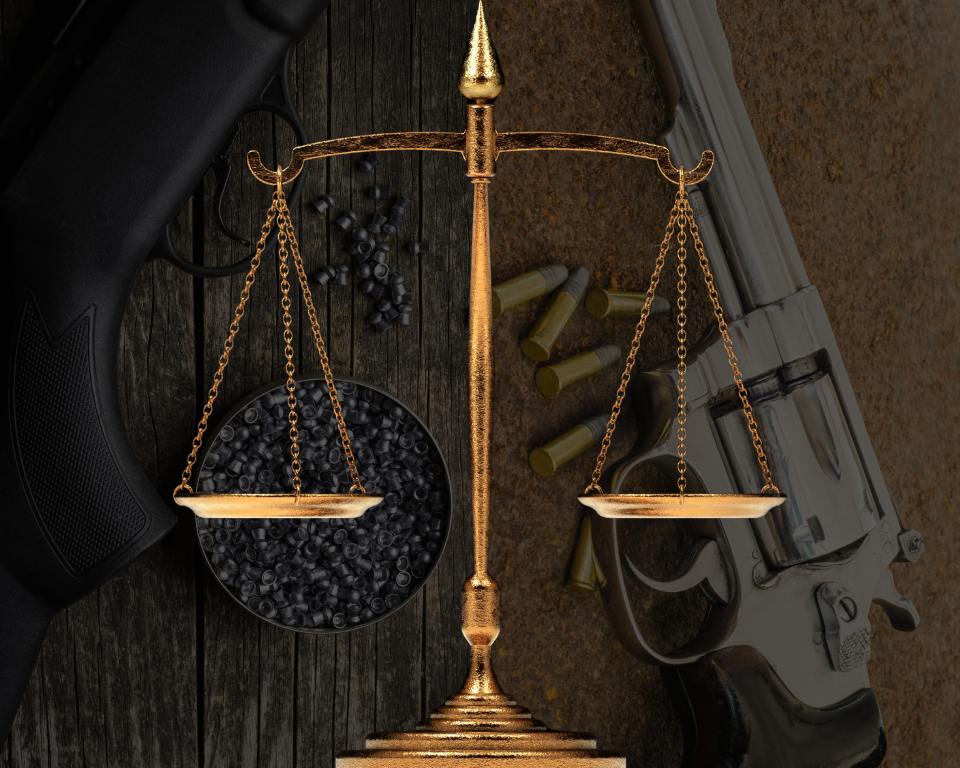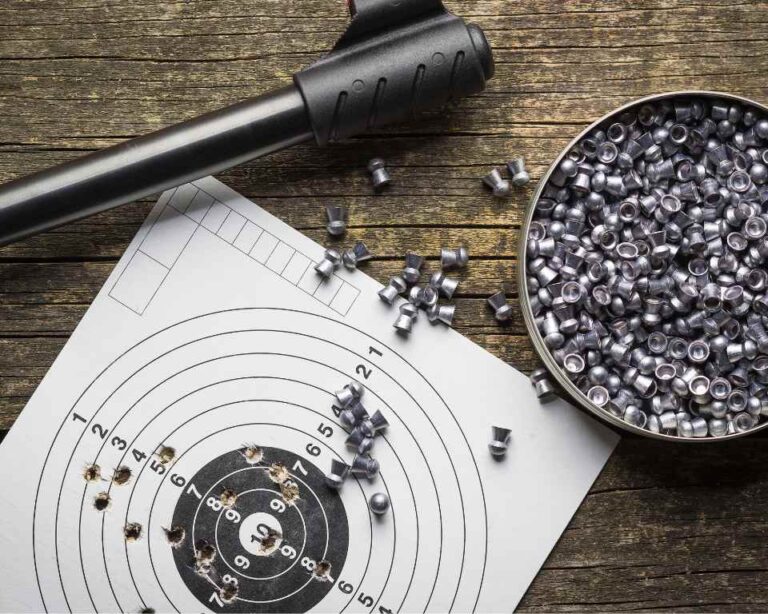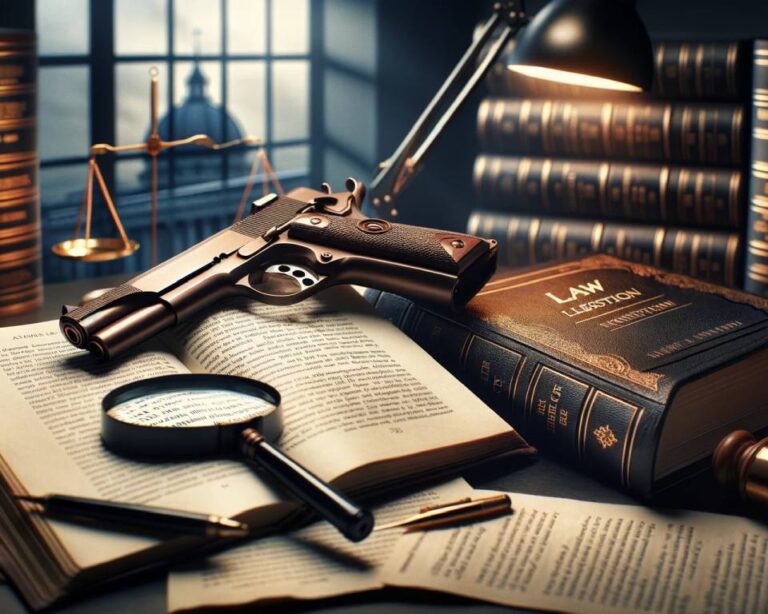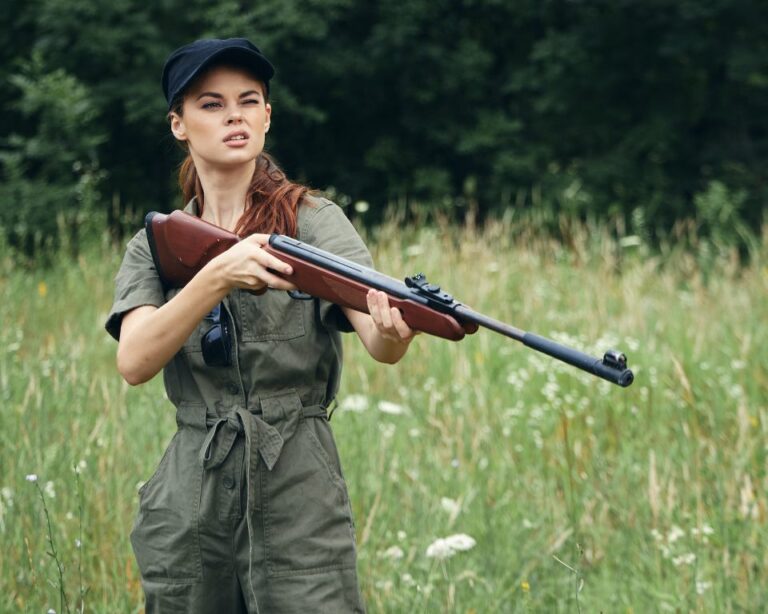Real Guns vs. Airguns: Differences and Similarities
When it comes to firearms, there are two main types that often come to mind: real guns and airguns. While they may have some similarities in appearance, these weapons possess distinct differences that set them apart in terms of functionality, legality, and purpose.
Real guns, also known as firearms, utilize gunpowder to propel bullets at high speeds. They are widely used for a variety of purposes, including self-defense, hunting, and sport shooting. On the other hand, airguns rely on compressed air or gas to propel pellets or BBs. They are commonly used for recreational shooting and hunting small game.
One of the key differences between real guns and airguns lies in their legal regulations. Real guns, due to their potential lethal force, require licenses and background checks to purchase and possess. In contrast, airguns generally have fewer legal restrictions, although individual states and jurisdictions may impose specific regulations.
Another notable distinction is the power and velocity of these weapons. Real guns typically have a higher muzzle velocity and greater stopping power, making them suitable for hunting larger game and effective self-defense. Airguns, while capable of causing injury, generally have lower muzzle velocities and less stopping power, making them more suitable for recreational shooting and hunting small game.
However, it’s crucial to note that some airguns can closely resemble real guns in appearance, which can potentially lead to confusion and dangerous situations. It is important always to handle and store both types of firearms responsibly to prevent accidents and promote safety.
Key Takeaways:
- Real guns, also known as firearms, use gunpowder to propel bullets, while airguns use compressed air or gas to propel pellets or BBs.
- Real guns are regulated and require licenses and background checks, while airguns generally have fewer legal restrictions.
- Real guns have a higher muzzle velocity and greater stopping power than airguns.
- Airguns are often used for recreational shooting and hunting small game.
- The appearance of some airguns can closely resemble real guns, leading to potential confusion and dangerous situations.
As we delve deeper into the comparison between real guns and airguns, it is important to consider their uses in self-defense and law enforcement, their hunting capabilities, accuracy and power, as well as the pros and cons associated with each type of firearm.
Uses for Self-Defense and Law Enforcement
When it comes to self-defense and law enforcement, the choice between real guns and airguns becomes crucial. Real guns are widely preferred for self-defense due to their higher firepower and effectiveness in neutralizing threats. With their ability to deliver high muzzle velocities and significant stopping power, real guns instill a sense of security in those who rely on them for personal protection.
On the other hand, airguns are generally not recommended for self-defense purposes. While they may share some similarities in appearance with real guns, airguns fall short in terms of muzzle velocities and stopping power. As a result, relying solely on airguns for self-defense may prove inadequate in critical situations where swift and efficient threat neutralization is paramount.
In the law enforcement sector, real guns play a dominant role due to their effectiveness and reliability. Law enforcement agencies rely on the superior firepower and high stopping power of real guns to ensure the safety of the public and themselves. The power and range provided by real guns give law enforcement officers the means to handle a variety of potential threats efficiently.
However, it’s important to note that the use of airguns in self-defense or law enforcement can lead to misunderstandings and potentially dangerous situations. The appearance of some airguns that closely resemble real guns may cause confusion, posing risks to both law enforcement officers and the general public.
When it comes to self-defense and law enforcement, the differences between real guns and airguns are apparent. While real guns offer higher firepower and are the go-to choice for these purposes, airguns fall short in terms of muzzle velocities and stopping power, making them less suitable options. Therefore, it is crucial to carefully consider the intended use and purpose before deciding between real guns and airguns for self-defense or law enforcement situations.

Hunting Capabilities
In the world of hunting, the choice between real guns and airguns plays a crucial role. Each type of weapon offers different capabilities that cater to specific hunting needs. Let’s explore the differences between real guns and airguns for hunting.
When it comes to hunting big game animals, real guns are the preferred choice due to their power and range. Real guns, also known as firearms, provide the necessary stopping power to effectively take down larger game animals. The muzzle velocity and energy of a real gun enable hunters to engage targets at longer distances, ensuring a humane and successful hunt.
On the other hand, airguns find their niche in hunting small game animals such as rabbits and squirrels. The lower power and quieter operation of airguns make them ideal for hunting in more delicate environments where precision and subtlety matter. Additionally, airguns offer an excellent option for pest control.
“Real guns offer more versatility in hunting various types of game, while airguns are limited to smaller game animals,” explains expert hunter, Sarah Thompson. “If you’re planning to hunt big game like deer or elk, a real gun would be your best bet.”
“However,” she adds, “hunters who enjoy pursuing small game or need a weapon for pest control will benefit from using an airgun. The quieter shot won’t spook the game, allowing for multiple shots in a single hunting session.”
Hunters must always keep in mind that the use of real guns and airguns for hunting is subject to legal restrictions and regulations. It is vital to stay informed about local hunting laws and obtain the required licenses and permits to ensure a safe and legal hunting experience.
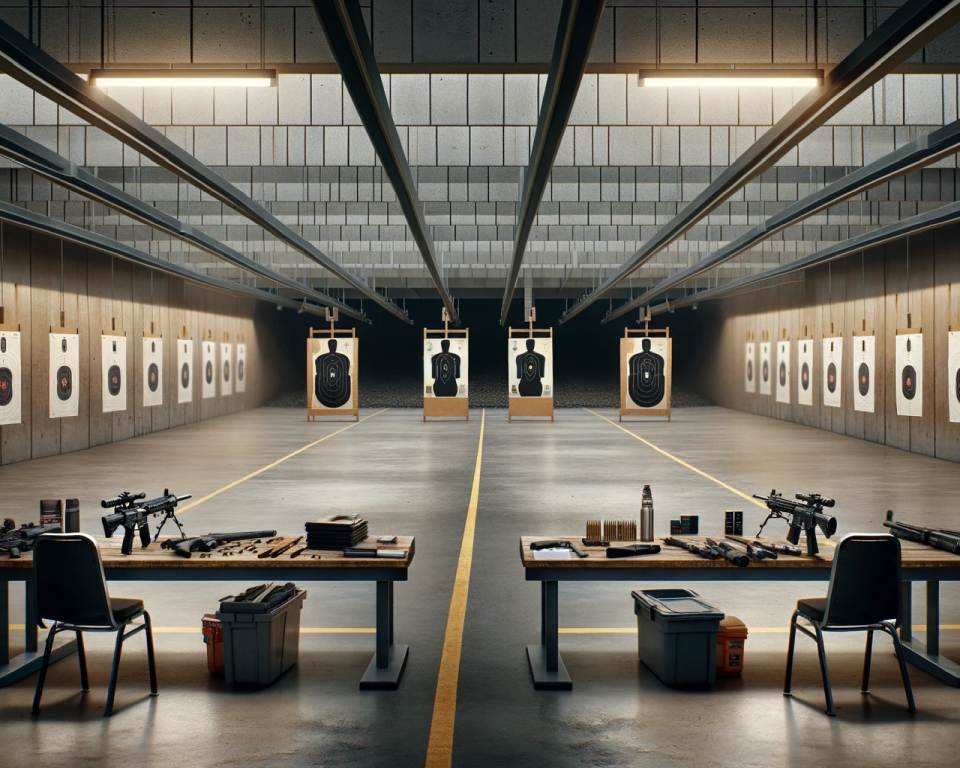
Accuracy and Power Comparison
When it comes to comparing the accuracy and power of real guns and airguns, there are distinct differences that need to be considered. Real guns, with their use of gunpowder, generally offer higher accuracy and longer effective range compared to airguns.
On the other hand, airguns have some limitations when it comes to accuracy and power. Factors such as wind resistance and bullet drop can affect the precision of airgun shots, making them less accurate in certain situations.
The difference in power between real guns and airguns is also notable. Real guns boast greater muzzle energy, which translates to higher power and stopping power. This makes them more suitable for tasks that require significant force, such as self-defense or hunting larger game animals.
However, airguns have their own advantages. They are better suited for precision shooting at shorter distances, where their lower power can still deliver accurate shots. This makes them popular for activities like target shooting or small game hunting.
Overall, the accuracy and power comparison between real guns and airguns highlights the strengths and limitations of each type of weapon. Real guns excel in long-range accuracy and power, while airguns shine in precision shooting at shorter distances. The choice between the two depends on the intended use and personal preferences of the shooter.
Pros and Cons
When considering the choice between real guns and airguns, it’s important to weigh the pros and cons of each option.
Real guns offer several advantages. They provide greater firepower and stopping power, making them highly effective for self-defense and hunting larger game animals. Real guns also offer versatility, allowing users to choose from a wide range of ammunition types and calibers to suit their specific needs. However, it’s crucial to note that real guns require proper training, licenses, and responsible handling to ensure safety and prevent accidents. The legal regulations surrounding real guns may also be more stringent, necessitating background checks and licensing procedures.
Airguns, on the other hand, have their own set of benefits. They are generally more accessible and affordable, making them a suitable option for recreational shooting and introductory firearms training. Airguns also tend to have a quieter operation and lower recoil, making them more beginner-friendly. However, it’s important to acknowledge that airguns typically have lower muzzle energy, limited range, and less stopping power compared to real guns. This makes them less suitable for purposes such as hunting larger game and self-defense in certain situations.
In the end, the choice between real guns and airguns depends on your individual needs, preferences, and intended use. Real guns offer greater power and versatility, but they come with more stringent regulations and safety considerations. Airguns, although less powerful, are more accessible and affordable, making them a popular choice for recreational shooting. Consider your priorities and always prioritize safety when making this important decision.

